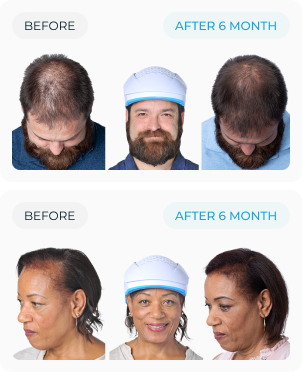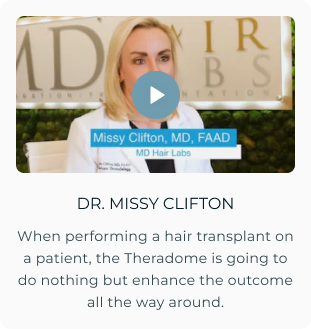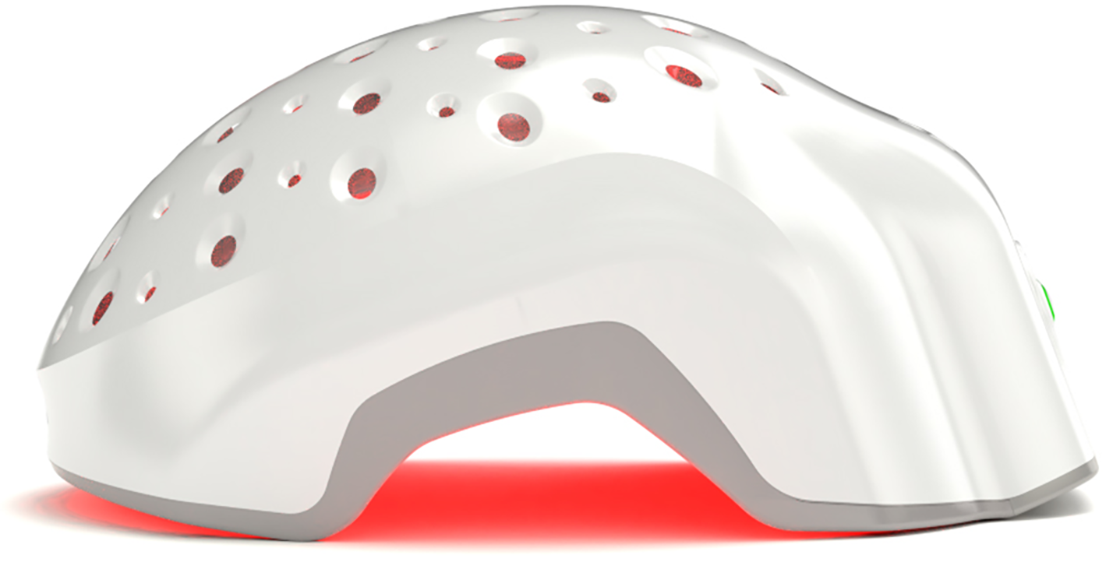When your liver taps out, your hair often taps out with it — quietly, subtly, then all at once. The connection between liver disease and hair loss is a clinical reality. Your liver is the command center for nutrient absorption, hormone regulation, and cellular repair. So when liver function takes a hit, the follicular fallout is practically inevitable.
Hair loss tied to liver dysfunction can be deceptively quiet. It doesn't scream. And if you’re only treating what you see, the underlying issue may go completely unaddressed.
This article walks you through how and why liver dysfunction messes with your hairline, which conditions raise the risk, and what to actually do if your strands start waving the white flag.
Understanding the Liver’s Role in the Body
Your liver’s job description doesn’t stop at breaking down cocktails and clearing out bad decisions. It’s your body’s metabolic command center. It stores vitamins, filters out toxins, regulates hormones, processes fats, and makes sure nutrients get where they need to go. When that system malfunctions, everything from your skin to your scalp feels the pinch.
Hair isn’t a vital organ, so your body deprioritizes it when internal resources run low. And when liver function starts slipping — whether from viral hepatitis, cirrhosis, or fatty buildup — the effects start rippling outward. That’s why liver function and hair health are more closely linked than most people realize. You may think you’re just “shedding a little more lately,” but your follicles might be trying to report a bigger problem upstairs.
How Liver Issues Impact Hair Growth
When the liver can’t perform, the body cuts corners. That often includes how it handles nutrients, hormones, and waste, all of which affect hair growth directly.
1. Nutrient Deficiencies
Liver disease often interferes with your body’s ability to absorb and store essential nutrients like iron, zinc, and vitamin B12 — all of which your follicles depend on to stay functional. A deficiency in just one of these can lead to hair shedding, breakage, or slowed regrowth. Combine a few, and you’ve got yourself a hair health crisis.
2. Hormonal Imbalances
One of the liver’s side gigs is hormone regulation. When it falters, estrogen, testosterone, and DHT levels can fluctuate wildly — and that spells trouble for your hairline. In conditions like alcoholic liver disease, the hormonal seesaw often results in visible thinning, especially in women. For men, excess estrogen can sneak in and contribute to patterned hair loss.
3. Inflammation and Toxic Buildup
Think of your liver as the body’s waste filter. If it’s not detoxifying properly, your bloodstream becomes a cocktail of inflammatory byproducts that reach your scalp and irritate the hair follicles. Chronic inflammation like this not only slows growth — it shortens the hair’s growth phase entirely.
Can Liver Disease Cause Hair Loss?
The short version? Yes.
The long version? Still yes — but with receipts. Multiple studies confirm the association between liver disease and hair loss, with particular attention to chronic liver conditions and their impact on follicular health. Conditions like hepatitis, liver cirrhosis, and fatty liver disease often lead to nutrient depletion, immune dysfunction, and hormonal chaos — all proven triggers of hair thinning and shedding.
In liver cirrhosis hair loss, you may notice diffuse thinning, slower regrowth, and even hair loss on the arms and legs. With fatty liver hair loss, the pattern is often more subtle but driven by systemic inflammation and poor nutrient metabolism. And with hepatitis and hair loss, especially in chronic cases, antiviral medications and autoimmune reactions can compound the damage.
Common Signs of Liver-Related Hair Loss
You won’t always get flashing warning signs. Sometimes, liver disease symptoms show up through hair thinning, brittle strands, or slow growth. If your hair texture changes, your scalp feels drier than usual, or your shedding feels excessive — especially if paired with fatigue, skin discoloration, or digestive issues — it’s worth digging deeper.
Can Hair Grow Back After Liver Disease?
Liver disease hair regrowth isn’t off the table — but it depends on the damage done. If the follicle is still alive and the internal cause is treated early, regrowth is absolutely possible. But you’ll need to fix the liver first. Think of it like repairing the soil before expecting a lush garden.
Lifestyle changes, medication (when necessary), and targeted supplements can help. In some cases, combining this with laser phototherapy devices like Theradome helmets or scalp treatments may improve results. But without systemic change, you’re planting seeds in toxic dirt.
How to Support Liver Health for Hair Recovery
This isn’t about juice cleanses or Instagram detoxes. A true liver detox for hair growth means supporting the organ that supports everything else.
- Eat for your liver: fiber-rich veggies, lean proteins, healthy fats, and zero tolerance for trans fats or excessive sugar.
- Skip the alcohol, full stop — especially if you’ve already seen signs of alcoholic liver disease hair loss.
- Load up on nutrients your liver (and hair) craves: B vitamins, zinc, selenium, omega-3s, and iron (if your doctor approves).
- Sleep more, stress less, and move daily. It’s not rocket science — just biology doing its best work.
Conclusion
Liver disease doesn’t just mess with your metabolism — it shows up on your scalp. The good news is, it’s fixable. By treating the liver, correcting nutrient gaps, managing inflammation, and supporting follicle function, most people can reverse or slow down liver disease–related hair loss. The key is acting early — before your strands start filing for unemployment.

























